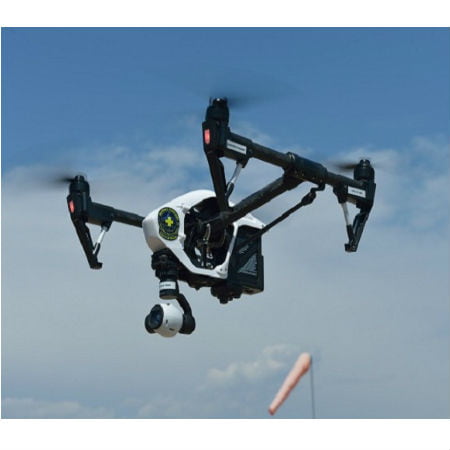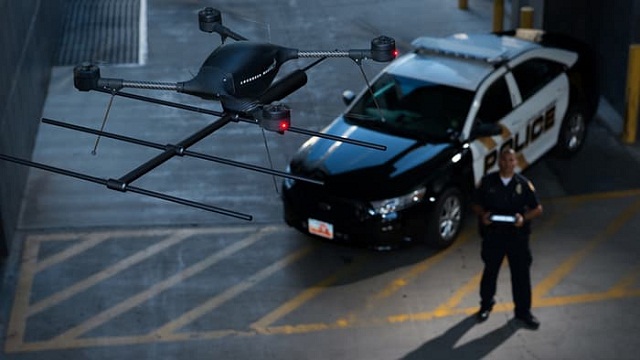
Hikers get lost frequently and search and rescue operations for these hikers become increasingly cumbersome. Various logistics have to be taken care of. Volunteers have to be rallied and organized, trails that would be explored have to be determined. Some parks are very large and could contain hundreds of trails.
Where Can Drones Come In?
It is an extremely critical scenario which would soon be over, thanks to drones. In the future, drones finding lost hikers are going to play a very big impact in search and rescue operations. A research team from the University of Zurich and Dalle Molle Institute for Artificial Intelligence Research (IDSIA) is attempting to build a collection of drones with the capacity of exploring trails, aiding large search operations and cutting down the time taken to find lost humans.
Scroll down for video

Gizmag
It isn’t easy for the researchers as there are a lot of obstacles they have to surpass. In this case, drones have higher risk of fly away tendencies. Trails have their own distinguishing features and no two trail can look the same. Some trails are easy to follow while many are not. The researchers have made the choice of building machines that can teach themselves via artificial neural networks.
An artificial neural network is an interconnected group of nodes, similar to the large network of neutrons in the human brain. Artificial neural networks are used to estimate functions that could depend on huge number of inputs are usually unknown. The neural networks exist as systems of interconnected neurons that communicates with each other. The connections have numeric weights that can be adjusted based on experience, thus making neural networks adaptive of inputs and capable of learning.
In this scenario, the network was being trained to recognize images on the right side of a trail, images on the left side of a trail and images of the centre of a trail. 20,000 photo were uploaded as input to the networks. The images were recorded by a hiker wearing three GoPros.
Eighty-five percent of the time, the network was right. It identified the left side, right side and middle of the trail accurately. That was a slightly better result than that of human beings who partook of the same test. And the 85% test was obtained by the computer without any prior knowledge of what a trail looks like.
Future implementation of drone usage for search and rescue operations possible
The project is still at the beginning stage and still has a long way to go. A Parrot AR Drone 2.0 was used for the research. The drone is just a typical drone that could be found at any drone store. The navigational software that the neural network developed was on a laptop linked with the drone through Wi-Fi. As at now, there has to be someone running behind the drone while it is in operation.

Design&Trend
But looking ahead, researchers believe that the finished software would have the capability of running on the onboard computer of a drone as they expect it to be very light. The only last thing the network needs to learn is the knowledge of how a human being looks like. In the future, the best drones will soon be available in the market which will enable search and rescue teams to map out the terrains and trails even recognize faces. There are still numerous issues such as battery life, radio signals that are long enough, and drone noise disturbing wildlife. But for a project still early in developmental stages, the researchers have achieved a lot.
Watch the video below